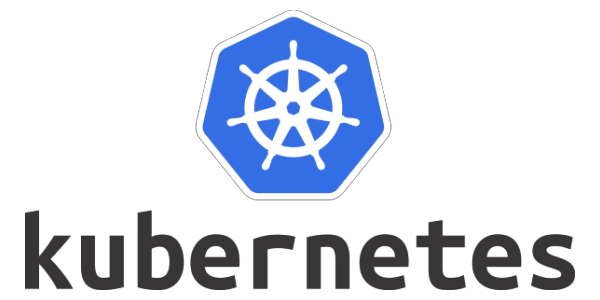Member-only story
Icons, Kubernetes resources maps & Explanation Kubernetes Rresources

The Kubernetes Icons Set is very useful for understanding Kubernetes and making slides about kubernetes, so I thought it would be nice to see it more, so I summarized it.
If you want to know a little more detail , check the official website of kubernetes.
Kubernetes Resources
Compute
- Pod: Pod is a collection of containers that can run on a host. This resource is created by clients and scheduled onto hosts.
- ReplicaSet: ReplicaSet ensures that a specified number of pod replicas are running at any given time
- Deployment: Deployment enables declarative updates for Pods and ReplicaSets.
- DaemonSet: DaemonSet represents the configuration of a daemon set.
- Job: Job represents the configuration of a single job.
- CronJob: A CronJob manages time based Job, namely: once at a specified point in time or repeatedly at a specified point in time.
Storage
- PersistentVolume: is a storage resource provisioned by an administrator.
- PersistentVolumeClaim: PersistentVolumeClaim is a user’s request for and claim to a persistent volume.
- StorageClass: StorageClass describes the parameters for a class of storage for which PersistentVolumes can be dynamically provisioned.
Network
- Ingress: Ingress is a collection of rules that allow inbound connections to reach the endpoints defined by a backend. An Ingress can be configured to give services externally-reachable urls, load balance traffic, terminate SSL, offer name based virtual hosting…
